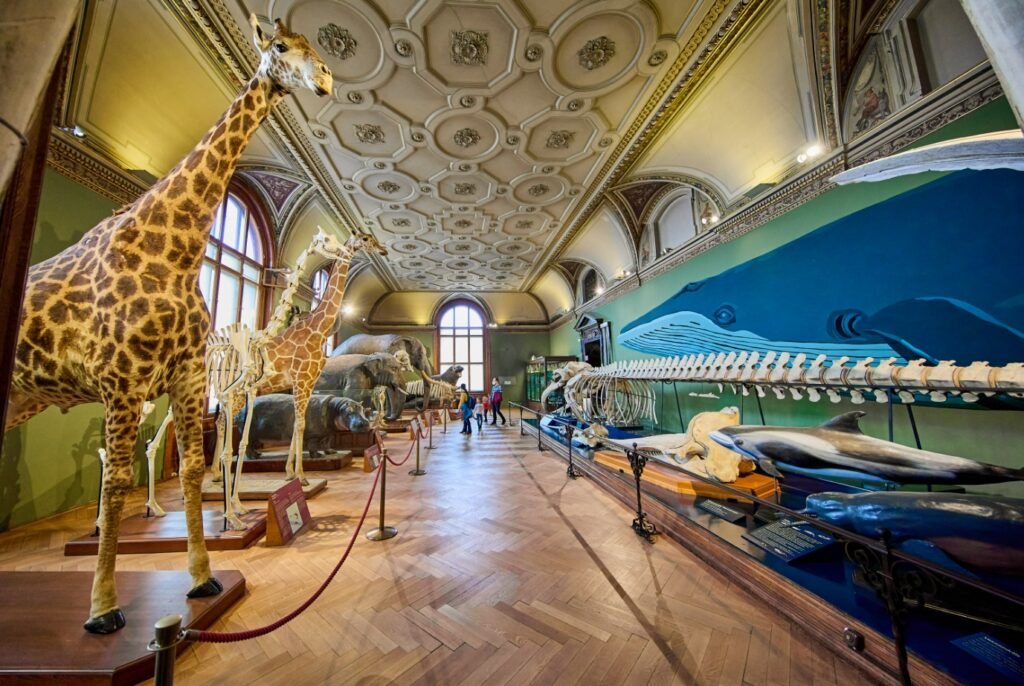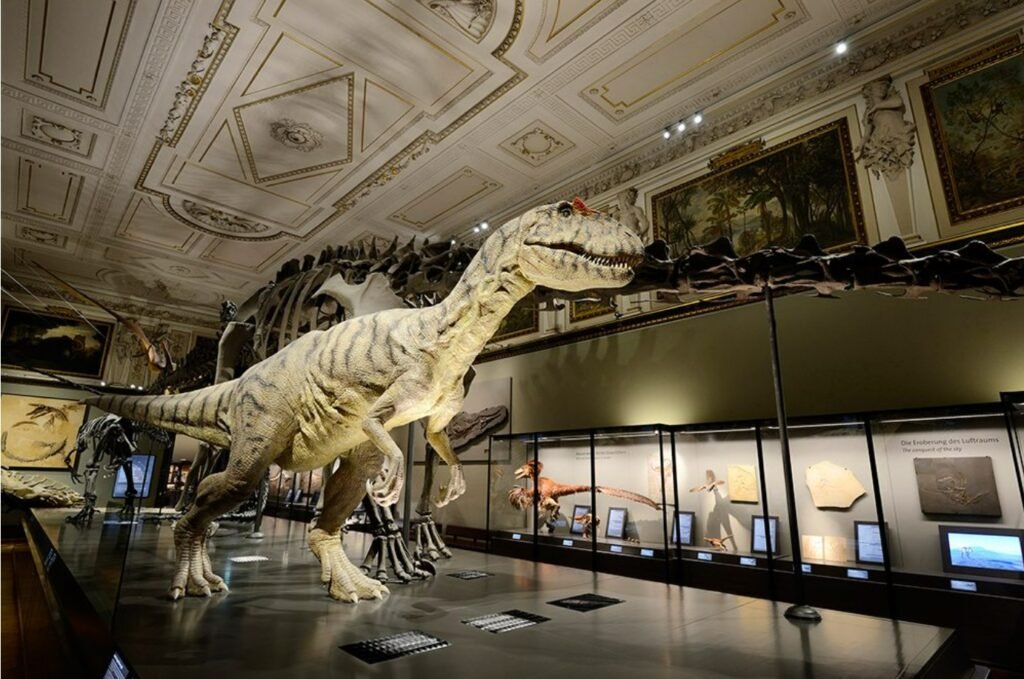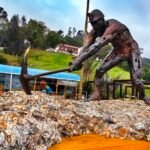Located in Central Europe, Austria shares borders with eight countries: Hungary, Italy, Switzerland, Germany, the Czech Republic, Slovakia, Slovenia, and Liechtenstein. With a land area of just over 80,000 square kilometers—less than a quarter the size of Germany—and a population of around 8 million, Austria’s primary ethnic group is the German-speaking people, much like its neighbors Germany and Switzerland. Today, Austria’s economy is moderate by European standards, qualifying as a developed country and a member of the European Union. It’s hard to imagine that this peaceful, neutral country, often compared to Switzerland for its tranquility, was once a global superpower that made waves across Europe.
Today, the glory of the imperial era is long gone, but the legacy of the Habsburg dynasty endures. Schönbrunn Palace, the former imperial residence, still stands proudly in Vienna, retaining its timeless elegance. As one of Vienna’s most famous landmarks and a UNESCO World Heritage site, Schönbrunn bears witness to centuries of history, telling the story of Austria’s past grandeur and drawing visitors from around the globe.
As the former capital of the Habsburg Empire and the present-day capital of Austria, Vienna is steeped in cultural heritage. The city is filled with historic sites that preserve the legacy of the empire’s golden age. From opulent palaces to grand opera houses, from sophisticated museums to lush parks, Vienna holds Austria’s most treasured cultural assets.
The city’s historic center, also recognized as a UNESCO World Heritage site, encapsulates the essence of imperial Vienna. Visitors can explore the Hofburg Palace, marvel at performances in the Vienna State Opera, visit the Kunsthistorisches Museum, or take a leisurely stroll through Stadtpark. Everywhere you turn, the remnants of Vienna’s imperial past are on display, making it a vibrant and living museum of Austria’s rich history and culture.
Vienna is not only Austria’s capital but also one of its nine federal states. It is the largest city in the country and a renowned European metropolis, as well as one of the official seats of the United Nations. With a population of over 1.9 million—more than one-fifth of Austria’s total population—Vienna draws many residents and visitors alike. People are attracted not only by its beautiful landscapes, as the Danube River flows gracefully through the city, but also by its profound cultural heritage. Vienna holds Austria’s most valuable cultural treasures, earning it the title “the jewel in Austria’s crown.”
Before World War I, Vienna served as the capital of multiple empires, including the Holy Roman Empire, the Duchy of Austria, the Austrian Empire, and the Austro-Hungarian Empire. These centuries of imperial rule have left the city with a wealth of historical sites and monuments, making Vienna’s historic center a UNESCO World Heritage site.
Vienna consistently ranks as one of the world’s most livable cities, praised for its quality of life. This cultural hub is also known as the “City of Music,” celebrated for its deep connection to classical music. Over the centuries, some of the world’s greatest composers—Haydn, Mozart, Schubert, Johann Strauss, and Beethoven, to name a few—lived and worked here, contributing to Austria’s extraordinary cultural heritage.
For music lovers, experiencing Vienna’s artistic atmosphere is essential. A visit to the State Opera House or the Musikverein’s Golden Hall to enjoy a performance is highly recommended to make the trip truly memorable. As the cultural center of imperial Europe, Vienna boasts numerous medieval churches, museums, galleries, and theaters. Notable attractions include St. Stephen’s Cathedral, Kärntner Strasse, the State Opera House, the Golden Hall, Heroes’ Square, Stadtpark, the Hofburg Palace, and Schönbrunn Palace, famously associated with Empress Sisi.
Art enthusiasts will find Vienna irresistible, with countless exhibitions featuring masterpieces by artists such as Rubens, Schiele, and Klimt. Nature lovers will also enjoy the scenic Danube River and the expansive forests and parks surrounding the city.
In general, a well-planned three-day itinerary allows visitors to cover most of Vienna’s major landmarks and attractions. Whether you are drawn to music, art, history, or nature, Vienna offers something for everyone, making it a destination that truly lives up to its reputation.
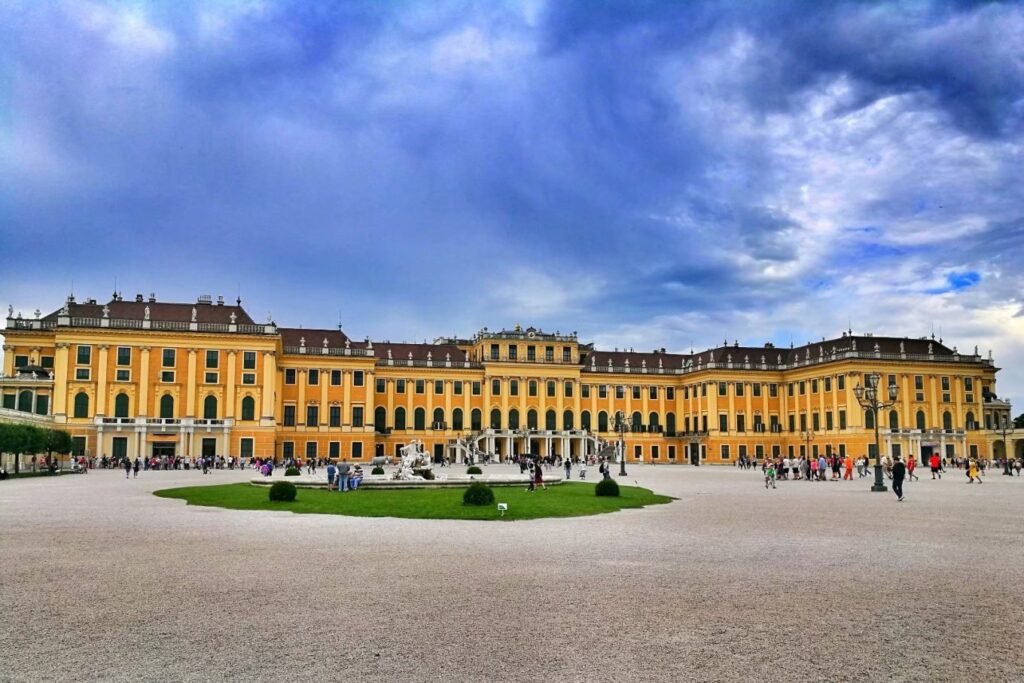
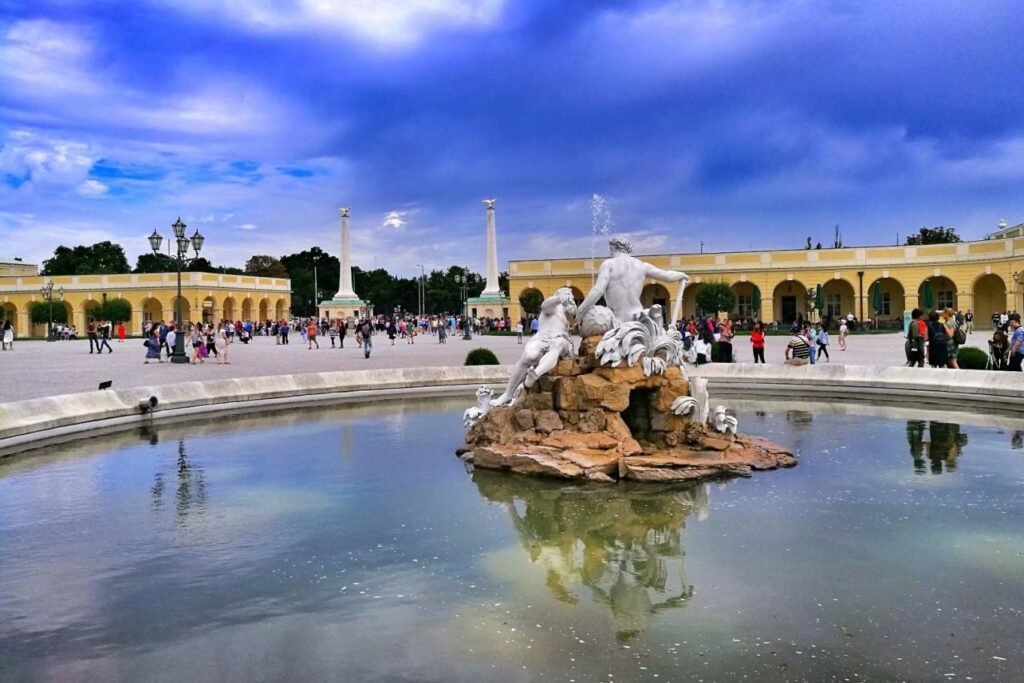
Schönbrunn Palace, Vienna’s most famous tourist attraction, once served as the imperial residence of the Holy Roman Empire, the Austrian Empire, the Austro-Hungarian Empire, and the Habsburg dynasty.
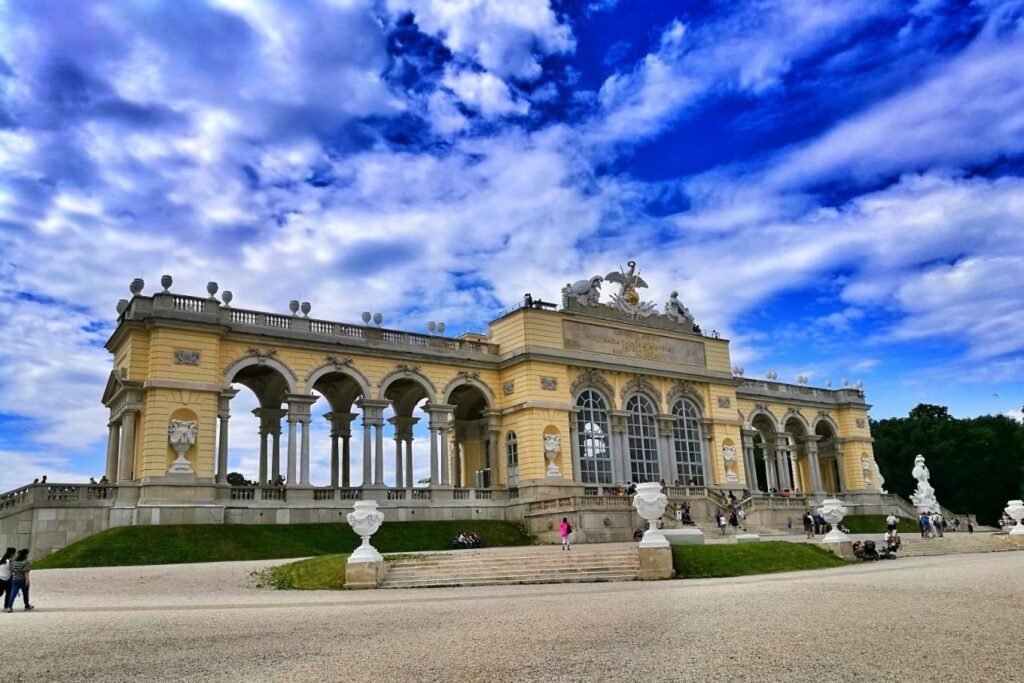

The Triumphal Arch of Schönbrunn Palace is the highest viewing pavilion in Schönbrunn Palace.
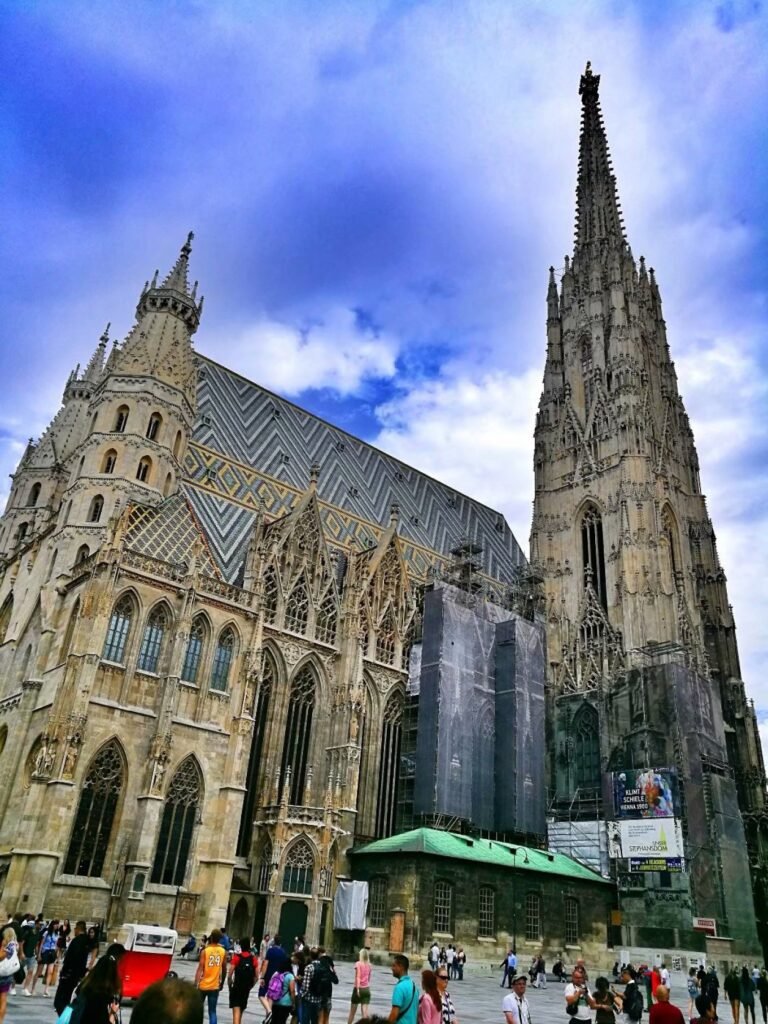
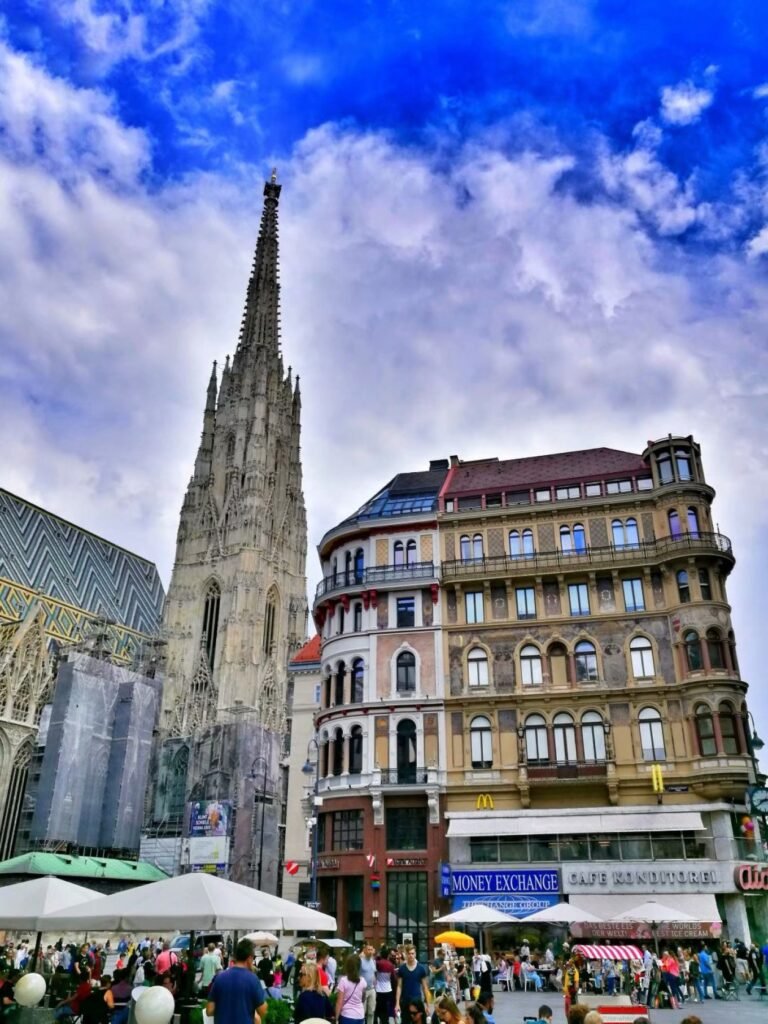
The St. Stephen’s Cathedral in Vienna is located in the city center, so it is called “the heart of Vienna” and is a symbol of Vienna. The church tower is 136.7 meters high, second only to the Cologne Cathedral and Ulm Minster, and is the third tallest church tower in the world.
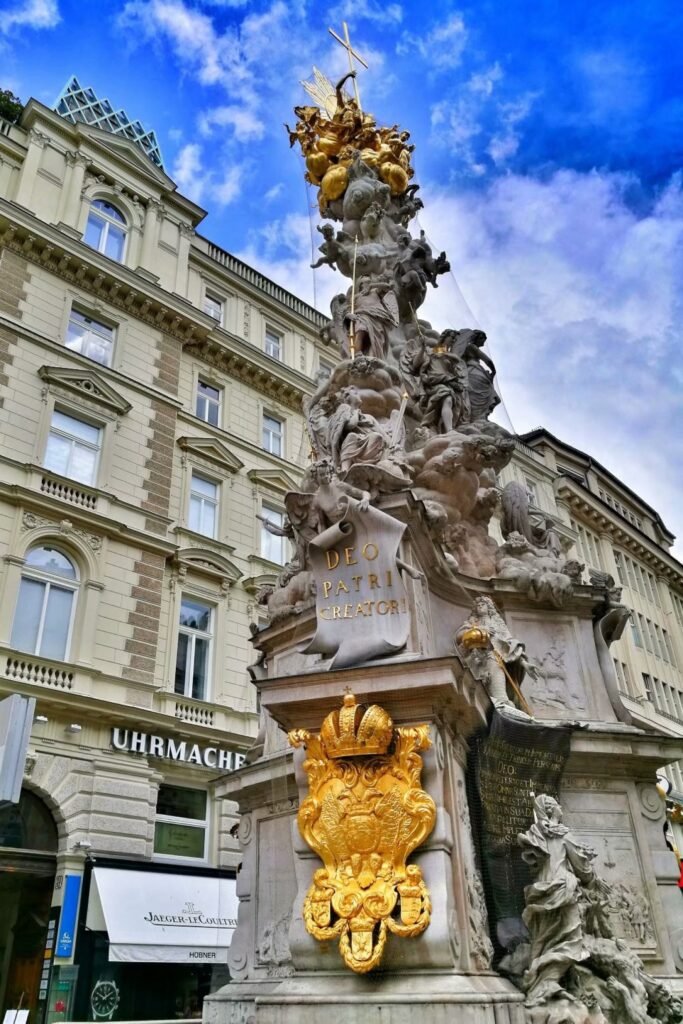
The Heroes’ Square is located in the city center. Around the square, there are major attractions such as the Hofburg Palace, the Presidential Palace, the Chancellery, the Vienna City Hall, the Parliament Building, the National Library, the Museum of Natural History, and the Museum of Art History. In the center of the square is the equestrian statue of Archduke Karl.
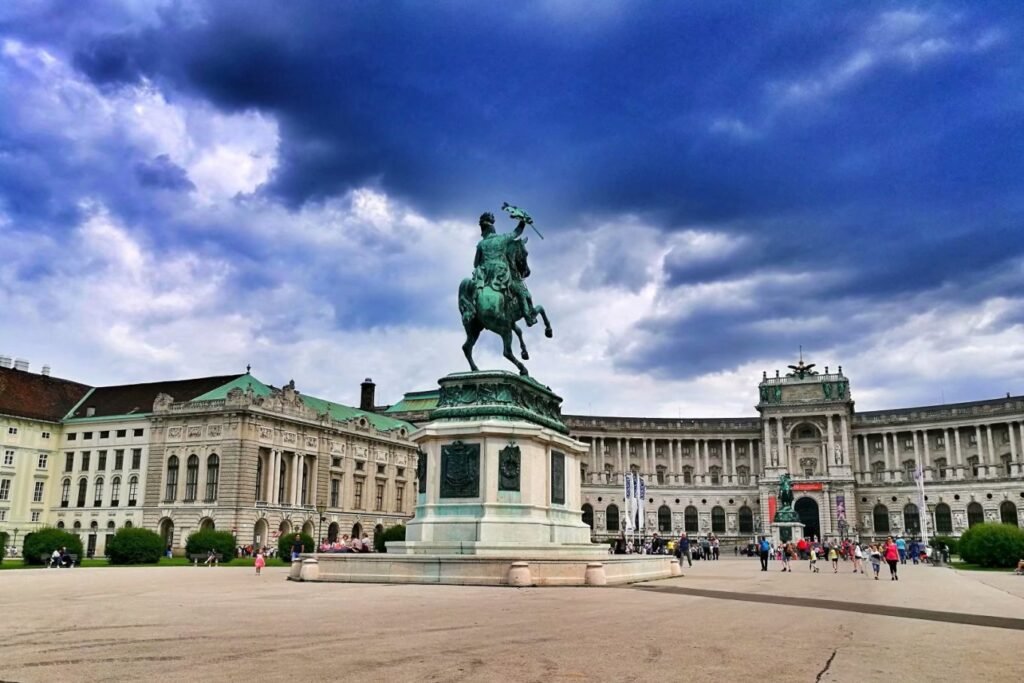
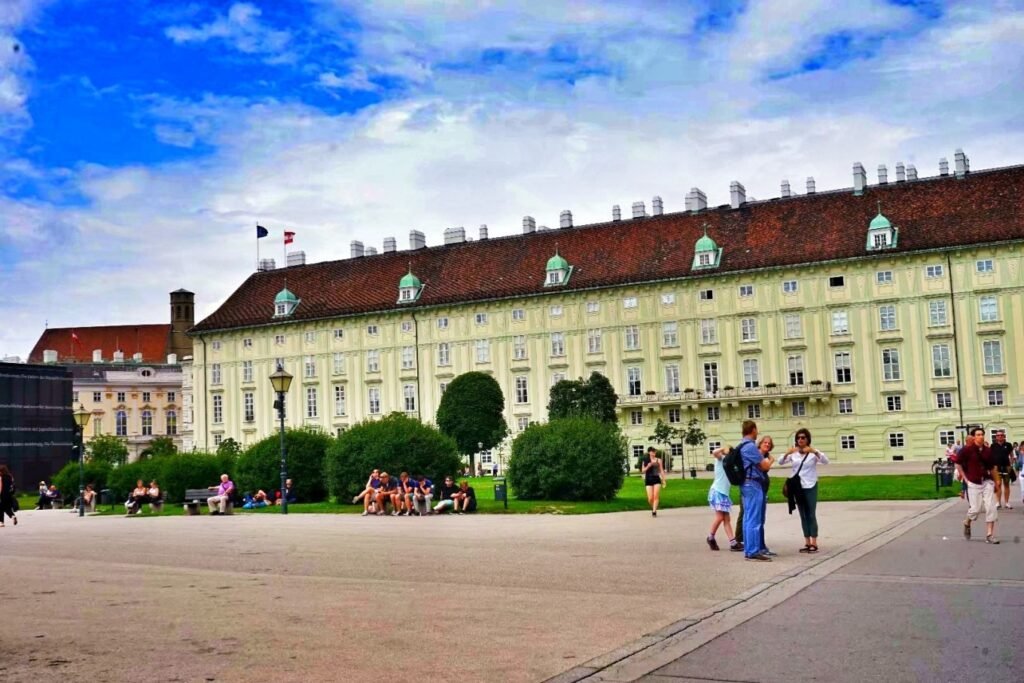
The Natural History Museum of Vienna (NHM or NHMW) houses approximately 30 million objects, making it one of the world’s most important natural history museums and one of Austria’s largest museums.
Originally named the “Imperial Natural History Museum,” it was built to showcase the vast collection of the Imperial and Royal Cabinet of Natural Curiosities. At the request of Emperor Franz Joseph I, the museum was designed by architects Gottfried Semper and Carl von Hasenauer and was constructed along the Vienna Ringstrasse, built in 1865, directly opposite the Hofburg Palace. The building follows the Vienna Historicist style and officially opened on August 10, 1889. On November 12, 1918, its property was transferred to German Austria, and in 1919, it became part of the Austrian Republic’s national assets.
Around 1750, Emperor Francis I, co-ruler of the Habsburg dynasty and husband of Empress Maria Theresa, purchased one of the largest natural specimen collections of the time from Johann Ritter von Baillou (1679–1758) in Florence. This collection consisted of about 30,000 rare items, including exotic snails, corals, shells, gemstones, and minerals, all cataloged according to scientific standards, even by the standards of that era.
As the collection grew, the Hofburg Palace could no longer accommodate it. In 1857, Franz Joseph I ordered the demolition of Vienna’s old city walls and the construction of the Ringstrasse. During the expansion of the city, space was allocated for two imperial museums: the Natural History Museum and the Museum of Art History.
By then, the natural history collection was no longer the private property of the Habsburg family but was managed as a state asset. In contrast, the art collection remained part of the royal family’s possessions. Both museums were constructed by imperial institutions and have since become vital parts of Vienna’s cultural heritage.
Today, the Natural History Museum attracts over one million visitors annually, with some exhibition halls preserving their original 1889 design, earning them the nickname “a museum within a museum.”
The museum’s exhibitions span a wide range of subjects, including minerals, fossils, plant and animal specimens, and ancient human remains, providing insight into the evolution of life on Earth and the diversity of the natural world. The dinosaur fossils and exhibits on human origins are especially popular with visitors.
Be sure not to miss Hall 11 when you visit. Here, you’ll find numerous prehistoric artifacts, the most famous being the Venus of Willendorf (Venus von Willendorf), a statue dating back approximately 29,500 years. This piece is not only a work of art but also a crucial symbol of early human civilization, reflecting ancient society’s perception of the female figure.
In addition to its exhibitions, the museum houses dedicated research institutions focused on scientific research and education, promoting the exploration of natural sciences and public outreach.
